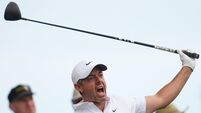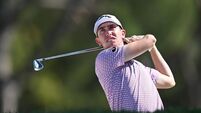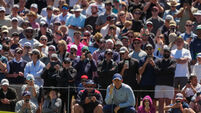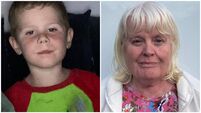Pádraig passing on pearls of wisdom
I say this for several reasons, the latest example being his decision to stage a number of charity clinics at City West in Dublin this month where he intends to raise a handsome sum for worthy causes - and indulge in an area of the game that has always held a certain fascination for him.
Could you imagine Vijay or Tiger or Ernie undertaking such a task?
















